Though it seems contrary to what I’ve preached, sometimes it’s better to avoid purchasing car audio speaker upgrades based on specifications alone. The information most manufacturers provide does very little to describe the actual quality of the product. A prime example of this are speaker Xmax specification numbers. Does this linear measurement tell us how loudly a speaker plays? Does it describe linearity? Does it inform us about distortion?
Don’t Get Hung Up on the Wrong Numbers
The Xmax specification is a tricky number that gets thrown around a lot when we’re talking about subwoofers and midbass drivers. Historically, this specification has described how far the cone of a speaker can move in one direction without having the voice coil move outside of the top plate. When the coil moves too far, the magnetic field strength is reduced dramatically and distortion will occur.
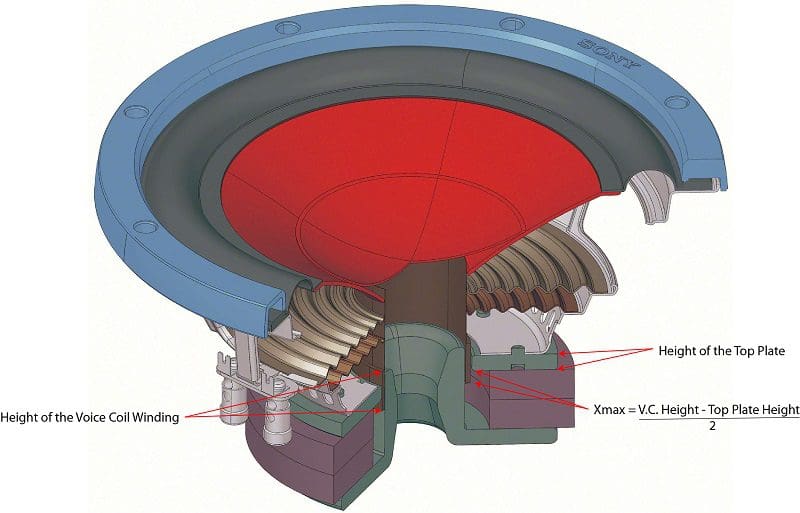
Xmax is calculated by subtracting the height of the top plate from the height of the voice coil and dividing by two.
Many enthusiasts attribute more Xmax to an ability for the speaker to play more loudly. While this seems reasonable in theory, cone excursion is determined by the compliance of suspension components and the strength of the motor assembly.
What if components such as the spider or surround don’t provide the same compliance in both directions? What if the woofer cone might be able to move rearward more easily than it can move forward? Given a specific input signal, this characteristic would deliver what could be described as unbalanced performance. In reality, it results in the addition of distortion to the output of the speaker.

This graph shows the stiffness of a speaker’s suspension (spider and surround) based on forward or rearward motion. Graph courtesy of Erin from Erin’s Audio Corner.
Looking at the graph above, we can see that the suspension offers a resistance of 1.6 Newtons per mm in the forward direction and 2.1 Newtons per mm in the rearward direction.
Another characteristic that might affect speaker performance and our usable Xmax specification is the effectiveness of the motor (voice coil and magnet structure) in delivering linear force in both directions. If the motor is more efficient in one direction, the speaker could potentially move farther (or not far enough) based on a given input signal.
In the graph above, we can see that the motor assembly in this speaker produces a magnetic flux of 4.1 N/A in the forward direction at an excursion of 4 mm, and 4.9 N/A in the rearward direction at the same excursion level.
What Does Distortion Look Like?
In order to explain how nonlinearities in speaker operation affect what we hear, we created a 20 Hz sine wave in Adobe Audition. We manually manipulated the three positive cycles of the waveform on the left channel and boosted their amplitude by 6 dB.
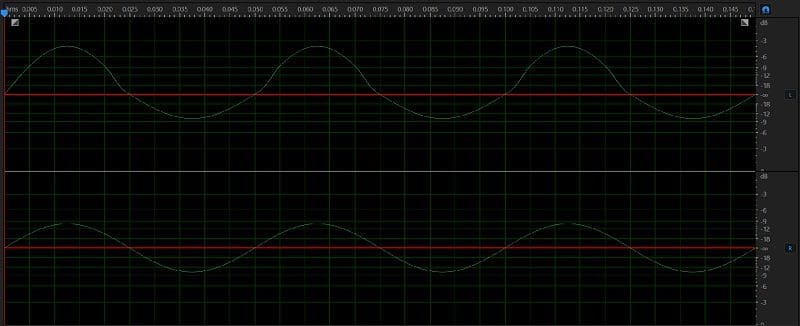
We modified a 20 Hz sine wave in Adobe Audition to exaggerate how nonlinear behavior would look. The positive half of the left channel has been boosted by 6 dB.
The frequency response plot below shows that the 20 Hz signal has been increased in amplitude by 1.1 dB. Harmonics have been added at 40, 80, 100, 120, 140, 180, 200, 220, 240, 280 and 300 Hz. All of this unwanted information is directly due to the nonlinear behavior of the waveform.
This addition of undesirable harmonic content is called harmonic distortion. Looked at another way, it’s the addition of sounds to the output of a speaker (or any other audio device) that weren’t in the original recording.
Can You Measure Speaker Sound Quality?
There are no characteristics of a speaker’s performance that can’t be measured. We can quantify the frequency response. We can test power handling. We can measure compression. There are tests for inductance versus position and resonant frequency versus excursion. The list goes on and on. What’s difficult is determining when a design has a measurement that is a glaring issue, or just a characteristic. Is some amount of nonlinearity allowable? If so, how much? Does the answer depend on how the speaker is going to be used?
Different measurements have relevance in different applications. If you are looking at detailed specifications of an 8-inch subwoofer, the information you need will be very different than if you were looking at an 8-inch midrange intended for use in a public address speaker in a theatre or concert venue. If you are going to be playing the driver from 300 Hz up, the excursion isn’t much of an issue.

Cone excursion decreases as frequency increases. For a subwoofer, Xmax is a crucial determining factor in choosing the right driver for an application.
Knowledgeable speaker engineers understand the application of the speakers they are designing and manipulate the component (cone, spider, surround and motor) design to optimize the entire system for specific performance characteristics.
Sadly, for those of us who want the best speakers possible for our car audio systems, manufacturers rarely share this information with consumers. Worse, some don’t have the equipment to make these measurements and optimize their drivers. Nevertheless, your best bet is to visit your local specialty mobile enhancement retailer and audition as many speakers as you can. Quickly you’ll learn to pick out the solutions that are the clearest and most detailed. These are typically the speakers that add the least distortion to their output. Those are the ones you want to use to upgrade the mobile audio system in your vehicle.
This article is written and produced by the team at www.BestCarAudio.com. Reproduction or use of any kind is prohibited without the express written permission of 1sixty8 media.
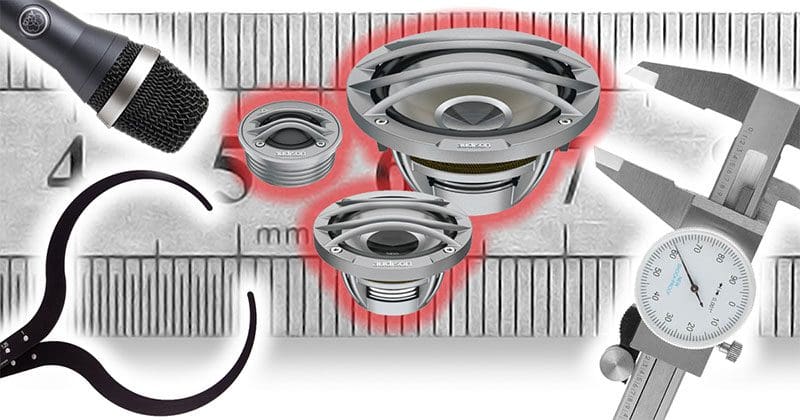
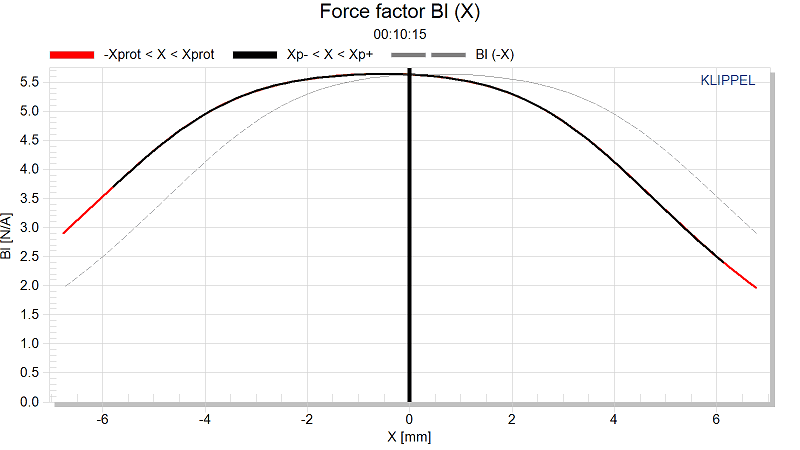
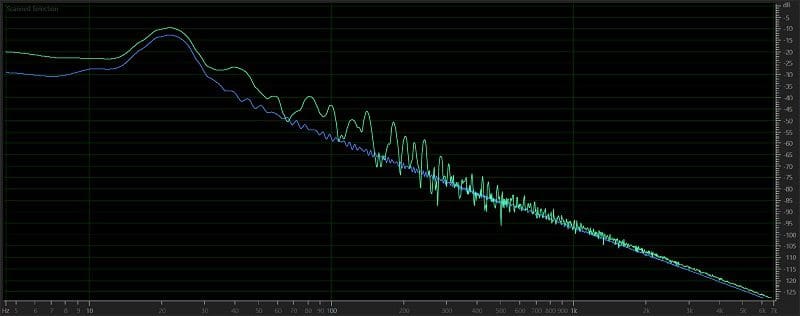


Leave a Reply